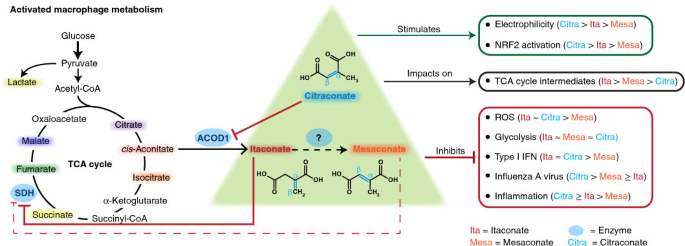MonkeyMan
Senior Member
- Messages
- 427
Did he mention the nanoneedle? Any chance you can post the link to this? Thank you in advance.Phair was here a while ago and said the evidence dont support the trap theory.
Did he mention the nanoneedle? Any chance you can post the link to this? Thank you in advance.Phair was here a while ago and said the evidence dont support the trap theory.
I have a feeling that most of the metabolic trap work was related to Phair's mathematical model and simulations. In other words, it was at sort of alpha hypothesis stage. They should publish more, but I think the likelihood of it being correct was overhyped.They still need to publish or at least present their failed experiments and data that refutes their many hypotheses they hype up and spread via interviews and other media.
Probably, and yeah it was a very early hypothesis. Nevertheless, they still ought to release the info letting people know it was disproven or less likely probable. But the metabolic trap hypothesis did lead to the idea of/creation of the Itaconate Shunt Hypothesis.The other thing they mentioned I reckon a year or two ago was that the metabolic trap had been replicated in yeast cells, but I'm wondering if something in those experiments later on disproved this model.
Here is the link, he didnt mention the needle as far as i remember.Did he mention the nanoneedle? Any chance you can post the link to this? Thank you in advance.
Only citraconate inhibits catalysis of itaconate by cis-aconitate decarboxylase (ACOD1), probably by competitive binding to the substrate-binding site. These results reveal mesaconate and citraconate as immunomodulatory, anti-oxidative and antiviral compounds, and citraconate as the first naturally occurring ACOD1 inhibitor.

I tried Picamilon which can cross the blood brain barrier and is cleaved to GABA, didn't help my cognitive functioning.
Nope, just made it a bit harder to think straight, as if i had taken a very small dose of a sleeping pill.Did you find any benefit from picamilon? Just stumbled across it elsewhere and searched here on PR for a mention of it. Never heard of it before.
Picamilon is a gaba type drug that helps with anxiety but does not cause sleepiness https://healthnews.com/family-health/drugs/picamilon-uses-and-side-effects/Did you find any benefit from picamilon? Just stumbled across it elsewhere and searched here on PR for a mention of it. Never heard of it before.